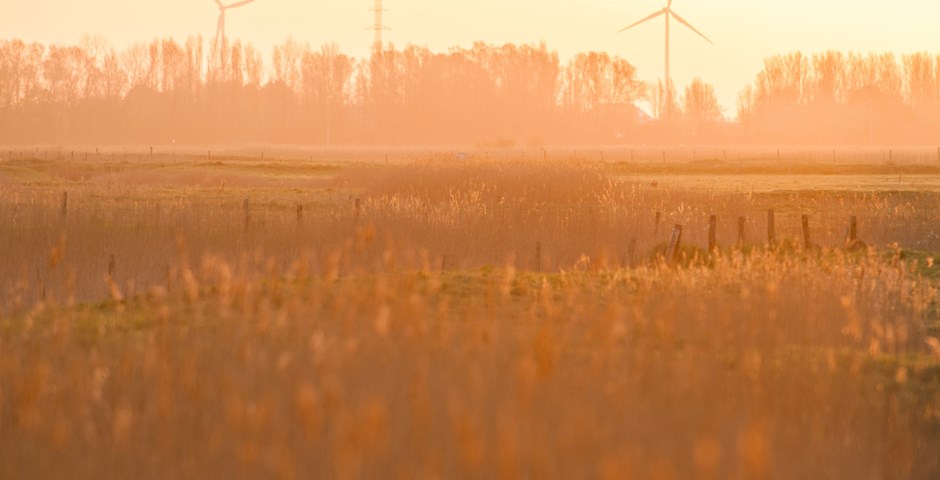
Theoretical business case for using renewable energy sources to fund the restoration of peatlands
Main output: Theoretical business case for using renewable energy to fund peatland restoration

This output examines new sources of financing for the restoration of degraded peatlands using income from co-located renewable energy sources and provides proposals for the compensation of turbary rights holders. Three renewable energy sources were selected toward this task: wind generation, solar generation and the use of biomass for district heating. These were examined and our conclusions have gone through a validation process by consultation with key stakeholders.
Wind energy
Irish government policy encourages the development of wind energy on degraded peatlands to allow them to meet their greenhouse gas reduction targets. Bord na Móna the semi state organisation in charge of industrial scale peatland exploitation has transformed into a peatland restoration organisation while shifting its primary focus towards wind energy development on its degraded peatlands. It is not always the case that degraded peatlands are used for this kind of development as out of the 39 wind farms of peatlands referenced, 20 are located on relatively intact blanket bogs. Several bog bursts were observed during the development of such wind farms that not only destroy the peatland habitat but also pose a massive risk to drinking water supplies, cause juvenile fish kills and destruction of the aquatic environment. Wind power is already established in Ireland including on drained peatlands. Wind turbines installed on peatlands can supply a good stream of income for both restoration and compensation for the loss of turbary rights. However, future development on near natural peatlands should be discouraged.
Solar energy
Traditionally, Ireland looks in the direction of wind energy for most of its renewable energy production (85% of the total) but with the sharp decline of the price of photovoltaic (PV) panels in the last few years coupled and with their increasing ability to produce electricity from indirect sunlight (ie. during cloudy weather), solar energy is now potentially a viable option for Ireland. Solar PV as a source of electricity generation on peatlands is not well developed in Ireland. Large PV farms on peatlands are not encouraged because they inhibit the growth of Sphagnum moss and other peatland species.
Biomass
While biomass is not currently an important contributor of the Irish energy mix, it has the potential to have a much bigger role. For example, biomass generated from wet peatlands combined with the food generated for animal husbandry could be used to create bio-methane in digesters for energy generation. Biomass for district heating schemes could be the best renewable energy option for financing peatland restoration and providing compensation for the loss of turbary rights.
Main conclusions
- Yes, to wind energy co-location but only in cases where peatlands are badly degraded and the revenue from the windfarms is used to fully restore the peatlands.
- No, to solar farms on peatlands as they inhibit plant growth.
- Yes, to the use of biomass for district heating schemes collected from restored peatlands, especially when it is used as a replacement for turf cutting and the relinquishment of turbary rights.
